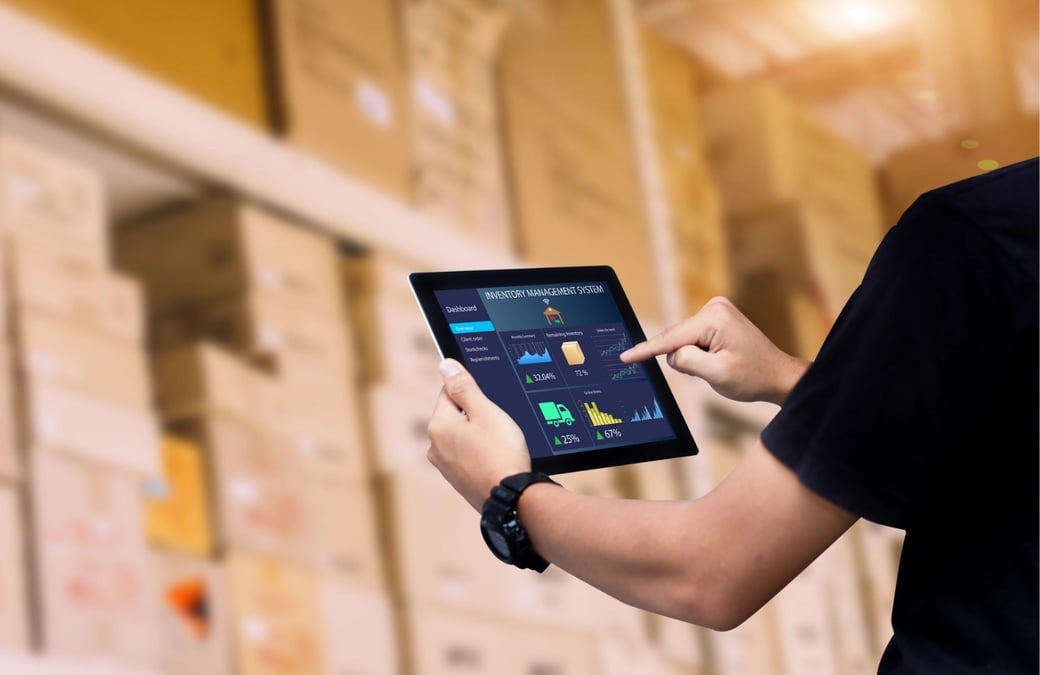Direct mail has long been a cornerstone of marketing strategies, dating back to the 19th century when the first catalogs were sent to customers. Despite the rise of digital marketing channels, direct mail has evolved, adapting to new technologies and consumer behaviors. Today, it remains a potent tool for businesses looking to reach their target audience in a personal and tangible way. In this blog, we will explore the history of direct mail, its evolution, and how businesses can leverage modern direct mail platforms and services to enhance their marketing efforts.
The Origins of Direct Mail
The roots of direct mail can be traced back to the 1840s when the first mail-order catalogs were introduced in the United States. These catalogs allowed consumers to purchase products from the comfort of their homes, revolutionizing the retail industry. Companies like Montgomery Ward and Sears, Roebuck, and Co. capitalized on this new marketing channel, sending catalogs to millions of households.
By the early 20th century, direct mail had become a staple in marketing, with businesses using it to promote everything from household goods to financial services. The ability to reach a large audience through personalized mailings made direct mail an attractive option for businesses of all sizes.
The Evolution of Direct Mail
As technology advanced, so did direct mail. The introduction of computers in the 1960s and 1970s allowed for greater customization and targeting of mailings. Marketers could now segment their audiences based on demographics, purchasing behavior, and other factors, creating more relevant and effective campaigns.
The 1980s and 1990s saw further innovations, such as the use of barcodes and automation in mail processing. These advancements improved the efficiency and accuracy of direct mail campaigns, reducing costs and increasing response rates.
The rise of the internet in the late 1990s and early 2000s led many to predict the decline of direct mail. However, instead of disappearing, direct mail adapted. Marketers began integrating direct mail with digital channels, creating multi-channel campaigns that leveraged the strengths of both mediums.
The Modern Direct Mail Platform
Today, direct mail platforms have transformed the way businesses plan, execute, and measure their direct mail campaigns. These platforms offer a range of features that streamline the process and enhance the effectiveness of direct mail marketing.
Automation and Integration
Modern direct mail platforms allow businesses to automate their campaigns, from design and printing to mailing and tracking. This automation reduces the time and effort required to manage direct mail campaigns, allowing marketers to focus on strategy and creativity.
Integration with digital marketing tools is another key feature of contemporary direct mail platforms. Businesses can now coordinate their direct mail efforts with email, social media, and other digital channels, creating cohesive and synchronized campaigns. For example, a direct mail piece can be triggered by a customer’s online behavior, such as visiting a website or abandoning a shopping cart.
Personalization and Targeting
One of the most significant advancements in direct mail is the ability to personalize each piece. Modern direct mail platforms use data and analytics to create highly targeted and personalized mailings. This level of personalization goes beyond simply addressing the recipient by name; it can include tailored content, offers, and images based on the recipient’s preferences and behavior.
Personalization increases the relevance of direct mail, making it more likely to capture the recipient’s attention and drive action. Studies have shown that personalized direct mail can significantly boost response rates and ROI compared to generic mailings.
Tracking and Analytics
Tracking and analytics have become essential components of direct mail platforms. Businesses can now track the delivery and performance of their direct mail campaigns in real-time. This data allows marketers to measure the effectiveness of their campaigns, identify areas for improvement, and make data-driven decisions.
Analytics also enable businesses to conduct A/B testing and other experiments to optimize their direct mail efforts. By testing different designs, offers, and messages, marketers can determine what resonates best with their audience and refine their strategies accordingly.
Leveraging Direct Mailing Services
In addition to using direct mail platforms, businesses can benefit from partnering with direct mailing services. These services offer expertise and resources that can enhance the effectiveness of direct mail campaigns.
Design and Production
Direct mailing services often provide design and production capabilities, ensuring that mailings are visually appealing and professionally produced. High-quality design and production can make a significant difference in the success of a direct mail campaign, as well-designed mailings are more likely to catch the recipient’s eye and convey a sense of credibility and value.
List Management and Data Services
Managing and maintaining accurate mailing lists is crucial for the success of direct mail campaigns. Direct mailing services can help businesses clean and update their mailing lists, ensuring that mailings reach the intended recipients. They can also provide data services that enhance targeting and segmentation, such as appending additional data to existing lists or sourcing new lists based on specific criteria.
Postal Optimization
Navigating the complexities of postal regulations and rates can be challenging for businesses. Direct mailing services have the expertise to optimize mailings for postal requirements, ensuring that campaigns are cost-effective and compliant. This optimization can include presorting, barcoding, and taking advantage of bulk mailing discounts.
Campaign Execution and Fulfillment
Executing a direct mail campaign involves multiple steps, from printing and addressing to sorting and mailing. Direct mailing services can handle these tasks, ensuring that campaigns are executed efficiently and on time. By outsourcing these responsibilities, businesses can focus on strategy and content while leaving the logistics to the experts.
Strategies for Success in Modern Direct Mail
To maximize the impact of direct mail in today’s marketing landscape, businesses should consider the following strategies:
Integrate with Digital Channels
As mentioned earlier, integrating direct mail with digital channels can create powerful multi-channel campaigns. Use direct mail to complement and reinforce your digital marketing efforts. For example, a direct mail piece can drive recipients to a landing page or encourage them to follow your brand on social media.
Focus on Personalization
Leverage the data and personalization capabilities of modern direct mail platforms to create relevant and engaging mailings. Use variable data printing to customize content and offers based on the recipient’s preferences and behavior. Personalization can significantly enhance the effectiveness of your campaigns and improve response rates.
Test and Optimize
Conduct A/B testing and other experiments to determine what works best for your audience. Test different designs, messages, and offers to identify the most effective combinations. Use analytics to measure the performance of your campaigns and make data-driven adjustments to optimize your results.
Track and Measure Performance
Use tracking and analytics tools to monitor the delivery and performance of your direct mail campaigns. Analyze the data to understand what is working and where improvements can be made. By tracking key metrics such as response rates, conversion rates, and ROI, you can continually refine your strategies and achieve better results.
Maintain a Clean and Updated Mailing List
Ensure that your mailing list is accurate and up-to-date. Regularly clean and update your list to remove duplicates, correct addresses, and add new contacts. A clean and accurate mailing list is essential for reaching the right audience and maximizing the effectiveness of your campaigns.
Conclusion
The evolution of direct mail has shown its resilience and adaptability in the face of changing technologies and consumer behaviors. Today, direct mail remains a valuable marketing channel that can deliver impressive results when leveraged effectively. By using modern direct mail platforms and partnering with direct mailing services, businesses can create personalized, targeted, and data-driven campaigns that resonate with their audience.
As you plan your next marketing campaign, consider how direct mail can complement your digital efforts and provide a tangible connection with your customers. With the right strategies and tools, direct mail can be a powerful component of your marketing mix, driving engagement, conversions, and long-term loyalty.










